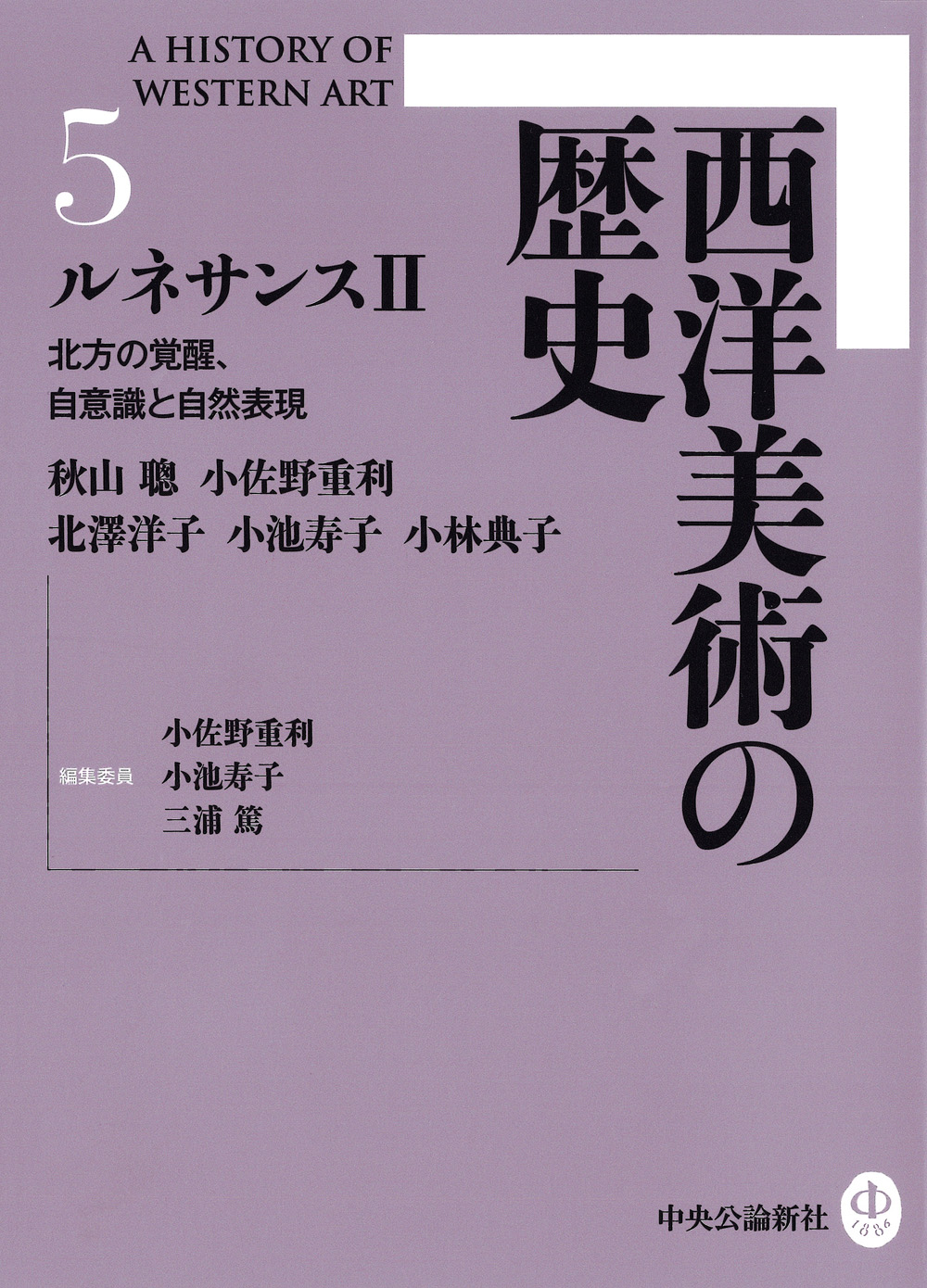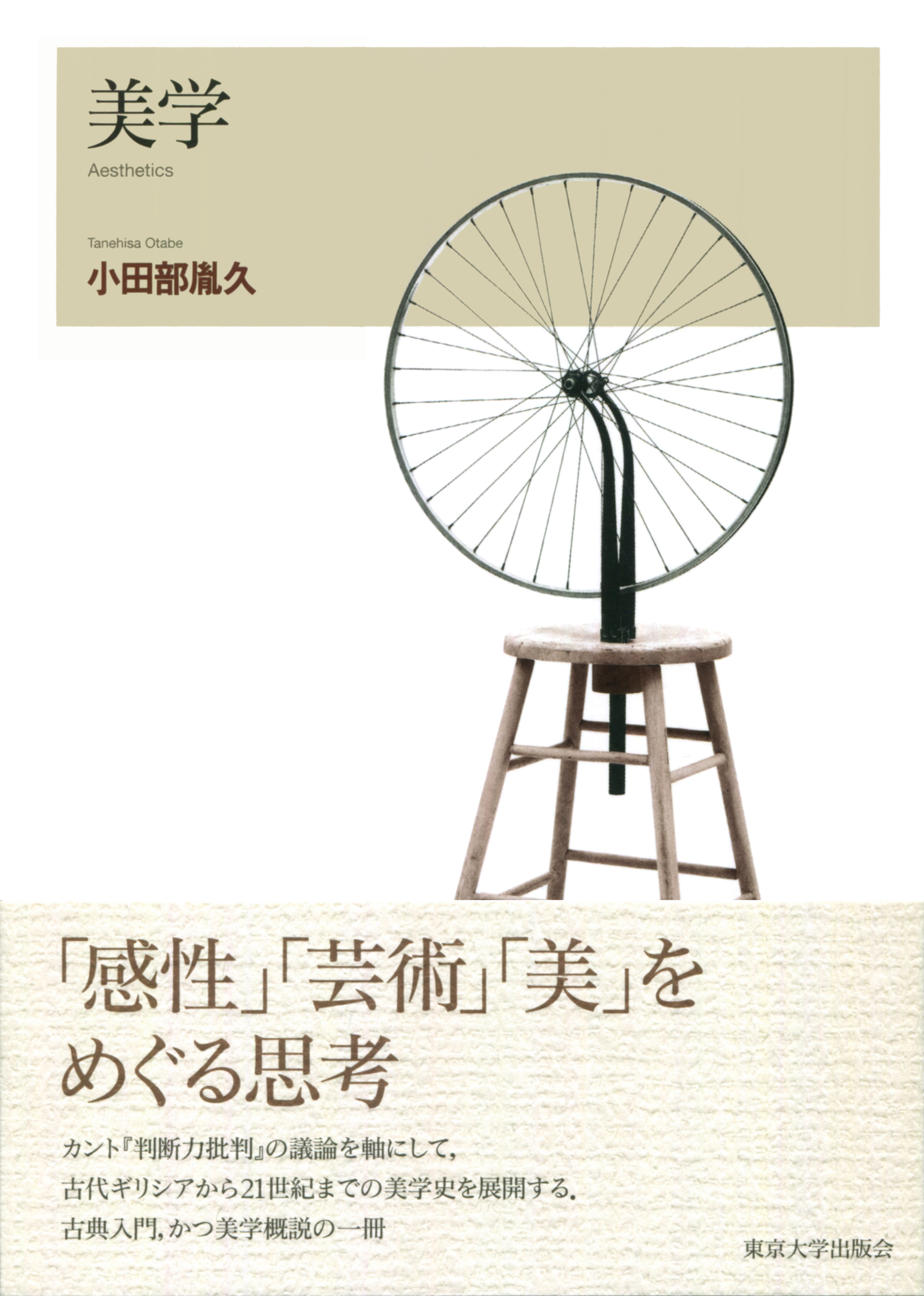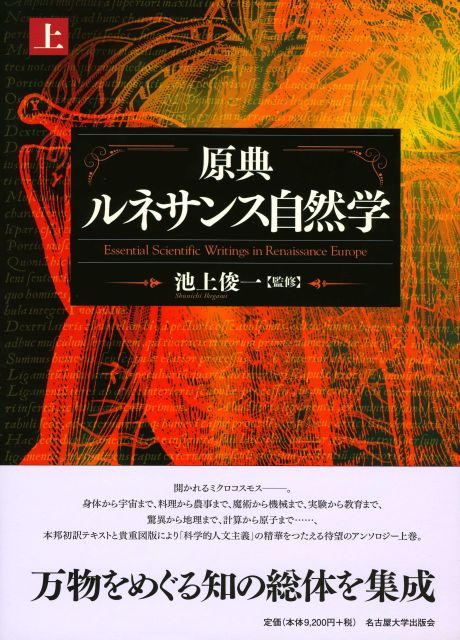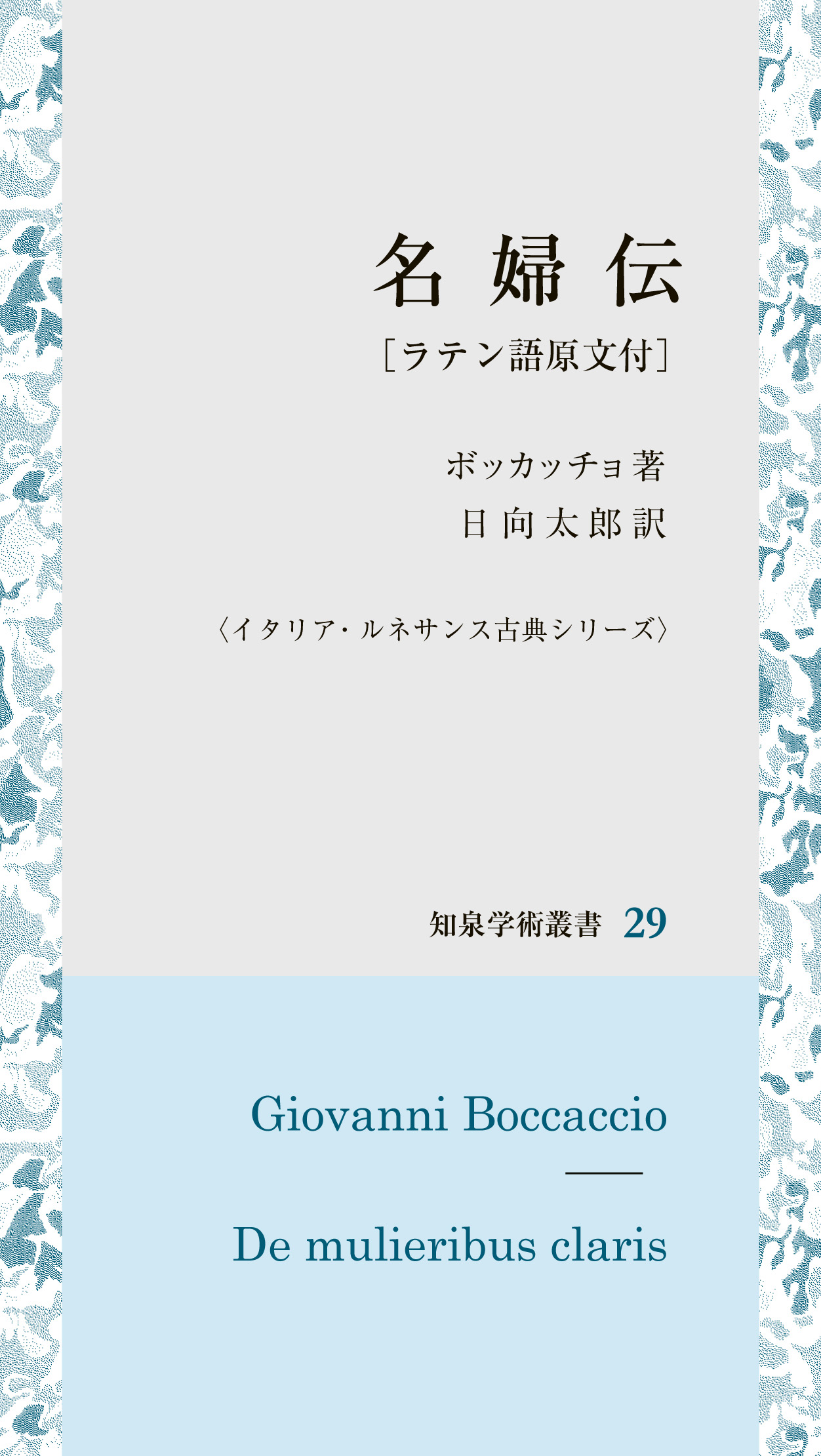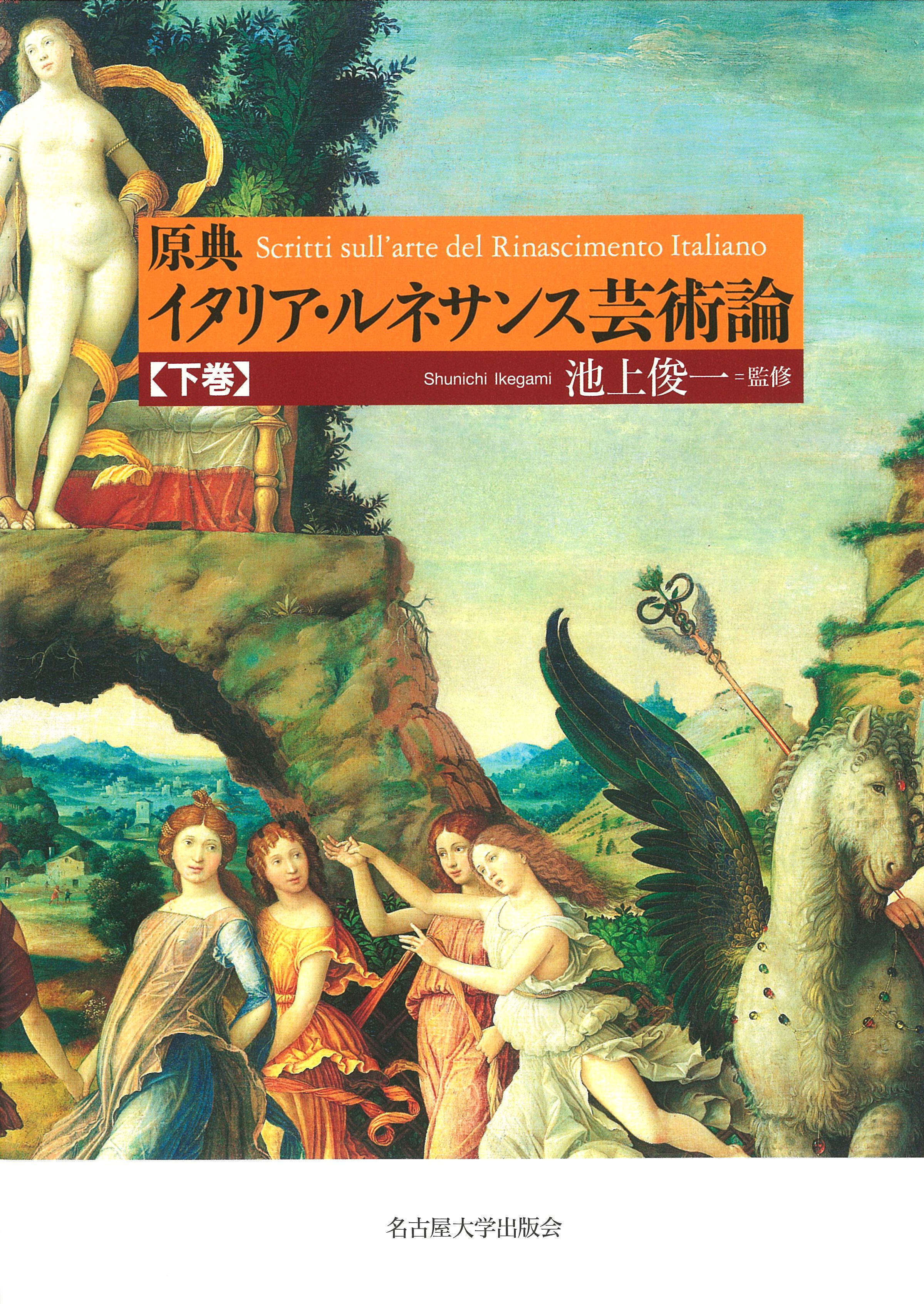
Title
Renaissance Original Text Series Genten Italia Renaissance Geijutsuron [Gekan] (Scritti sull’arte del Rinascimento Italiano vol. II)
Size
506 pages, A5 format, hardcover
Language
Japanese
Released
June 15, 2021
ISBN
978-4-8158-1027-6
Published by
The University of Nagoya Press
Book Info
See Book Availability at Library
Japanese Page
This book comprises translated documents collected under the editorship of Shunichi Ikegami, professor emeritus of the University of Tokyo. Similar books titled Capolavori dell’umanesimo Italiano and Essential Scientific Writings in Renaissance Europe have also been published by the same publisher, The University of Nagoya Press. In addition to writing the explanatory text, Prof. Ikegami selected and assigned individuals to translate and annotate 30 essays and papers written by various writers and artists who were active primarily in Italy from the 15th to the first half of the 17th century. The book consists of 30 chapters divided into two volumes. The book introduced here is Vol. II (Chapters 17 to 30), which includes the chapter authored by myself (Chapter 26).
If the ultimate goal of art is to achieve beauty, how can this best be accomplished? The underlying theme of many of the papers collected in this book is this very, or similar, question. In contexts where beauty is expressed, there are always audiences, spectators, admirers, or readers; thus, the answer to the question depends on the sensibilities of the people seeing, hearing, or reading a work.
For example, the perspective method, used to depict the 3-dimensional space seen by the eyes onto a 2-dimensional surface, was thoroughly studied and theorized during the Renaissance period. What was key to the development of this method was geometry (Chapter 20). What was essential to the exploration of the functions and principles of movement of the human body as an entity with structural balance and proportionality supported by an underlying order was the anatomical elucidation of the muscular system (Chapter 21). Similarly in the realm of music, the discovery of the proportionality of sound and harmonies and attempts to explore and systematize this understanding depended on arithmetic (Chapter 27). Reading these chapters will, undoubtedly, leave readers with a renewed sense of the foundational role played by scientific knowledge in the practice of art in the Renaissance.
The advocating methodology for achieving beauty naturally fuels discussions related to methodology, resulting in controversy and debate. The Renaissance was a period marked by controversy and competition. The discourse on art in the 16th century was strongly influenced by Aristotle, known as the father of many different subjects, and especially his book Poetics (Chapters 24, 25, and 26). Although Poetics was recognized as the authority on the creation of works of poetry and dramas, viewpoints challenging this authority also emerged. Chapter 26, which I authored, discusses the sharp criticism of Aristotle that extended even to attacking Homeric poetry (which Aristotle esteemed) in the context of the struggle for supremacy between Ariosto and Tasso, two leading figures of Italian literature in the 16th century. Of course, the spirit of criticism and rhetoric used as a weapon abounds not only in Chapter 26 but throughout the book.
What, then, is necessary for the realization of this rhetoric? The answer is self-reflection regarding the language that one uses. That means turning our attention, first, to Latin, which long supported a large portion of European culture, followed by Italian (Tuscan), which was used in literature by the likes of Dante, Petrarca, and Boccaccio (Chapters 22 and 23).
In this manner, this book zooms in on the arena where aesthetics is debated and provides an excellent comprehensive overview of the Italian Renaissance as a cultural movement.
(Written by HYUGA Taro, Professor, Graduate School of Humanities and Sociology / 2022)



 Find a book
Find a book


